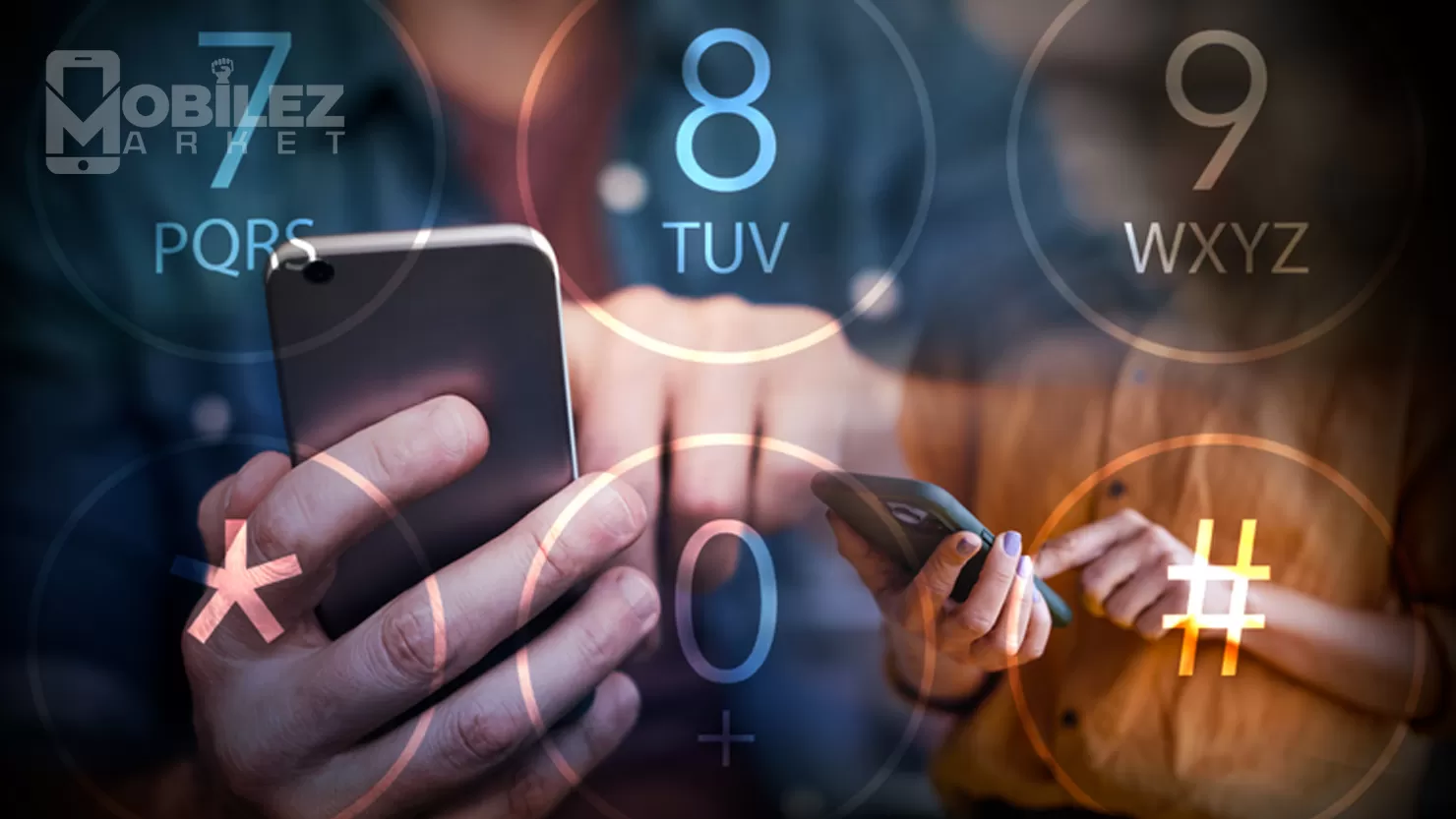Mobile Etiquette | Navigating Social Situations in the Smartphone Age
Introduction:
In today's digital era, smartphones have become indispensable tools that accompany us everywhere, from social gatherings to professional meetings. While these devices offer unparalleled connectivity and convenience, they also present challenges in navigating social situations with grace and respect. Mobile etiquette, or "phone manners," plays a crucial role in maintaining positive interactions and fostering meaningful relationships in the smartphone age. In this blog post, we'll explore the importance of mobile etiquette and provide guidelines for navigating social situations with courtesy and consideration.
Understanding Mobile Etiquette:
- Definition: Mobile etiquette, also known as smartphone etiquette or phone manners, refers to the socially acceptable norms and behaviors governing the use of mobile devices in various contexts, including social gatherings, work environments, and public spaces.
- Importance: Mobile etiquette is essential for fostering positive communication, respecting others' boundaries, and preserving face-to-face interactions in an increasingly digital-centric society.
- Impact: Violations of mobile etiquette, such as excessive device use, distraction, and disregard for others' privacy, can lead to social discomfort, misunderstandings, and strained relationships.
Guidelines for Practicing Mobile Etiquette:
- Be Present and Engaged:
- Headings:
- Prioritize Face-to-Face Interactions:
- Ensure that you are fully present and engaged in face-to-face conversations, avoiding distractions and giving your undivided attention to the person or people you're interacting with.
- Limit Device Use:
- Minimize distractions by silencing or turning off your phone during social gatherings, meetings, or meals, and resist the temptation to check notifications or browse social media excessively.
- Practice Active Listening:
- Demonstrate respect and attentiveness by actively listening to others, maintaining eye contact, and responding thoughtfully to their contributions, rather than being preoccupied with your phone.
- Respect Others' Boundaries:
- Headings:
- Ask for Consent:
- Before taking photos or videos of others in social settings, ask for their consent and respect their privacy preferences, particularly in sensitive or private environments.
- Avoid Disruptive Behavior:
- Refrain from engaging in loud phone conversations, playing audio or videos without headphones, or using speakerphone in public spaces where it may disturb others' peace and concentration.
- Respect Digital Boundaries:
- Honor individuals' preferences regarding digital communication, such as response times, preferred channels, and boundaries for sharing personal information or photos online.
- Practice Digital Courtesy:
- Headings:
- Use Discretion in Sharing Content:
- Exercise discretion and sensitivity when sharing content on social media, respecting others' privacy, feelings, and reputations, and avoiding posting potentially offensive or inappropriate material.
- Respond Promptly and Thoughtfully:
- When communicating via text or messaging apps, respond to messages promptly and thoughtfully, acknowledging receipt and providing timely updates or responses to maintain effective communication.
- Avoid Overuse of Emojis and Abbreviations:
- Use emojis and abbreviations sparingly and appropriately in digital communication, ensuring that they enhance rather than detract from the clarity and professionalism of your messages.
Adapting Mobile Etiquette in Different Settings:
- Headings:
- Social Gatherings:
- Strike a balance between staying connected and being present by checking your phone discreetly and sparingly during social events, while still engaging with others and enjoying the moment.
- Work Environments:
- Follow workplace guidelines and policies regarding mobile device use, respecting designated "phone-free" zones, meeting etiquette, and professional communication standards.
- Public Spaces:
- Be mindful of your surroundings and considerate of others in public spaces, such as restaurants, theaters, and public transportation, by keeping phone conversations brief and using headphones for audio playback.
Educating and Leading by Example:
- Headings:
- Promote Awareness:
- Raise awareness about the importance of mobile etiquette and its impact on interpersonal relationships, productivity, and social dynamics through workshops, seminars, or informational campaigns.
- Lead by Example:
- Serve as a role model for respectful and considerate mobile behavior by practicing good mobile etiquette in your interactions with others, setting a positive example for friends, family, colleagues, and peers.
Conclusion:
- Mobile etiquette plays a crucial role in fostering positive communication, respecting others' boundaries, and maintaining meaningful relationships in the smartphone age. By prioritizing presence, respect, and digital courtesy in our interactions, we can navigate social situations with grace and consideration, ensuring that mobile devices enhance rather than detract from our connections and experiences. Through education, awareness, and leading by example, we can cultivate a culture of mindful mobile usage and promote a more harmonious and respectful digital society.


